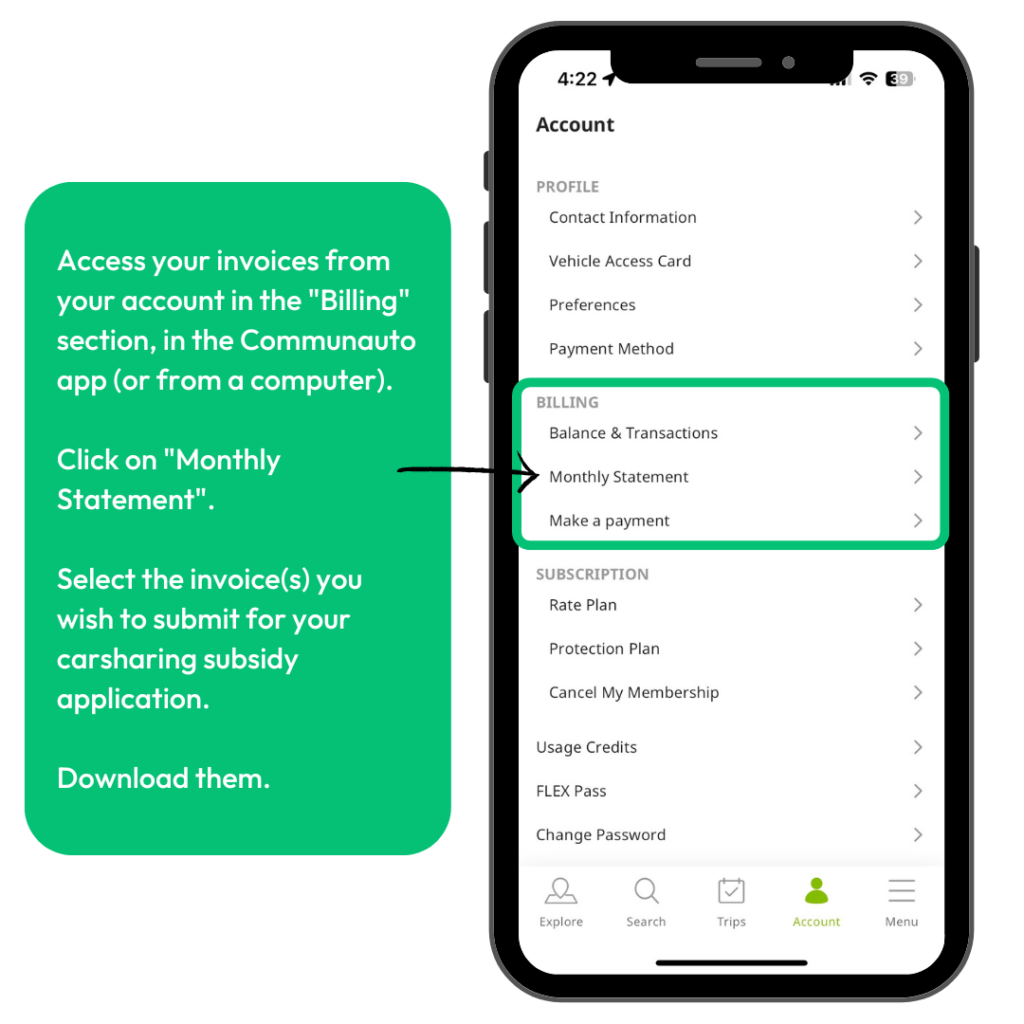Gatineau, November 14, 2024 – Communauto, in collaboration with the City of Gatineau and the Société de transport de l’Outaouais (STO), reaches an important turning point in the development of sustainable mobility, with the addition of 12 new carshare vehicles. With this expansion, there are now 61 cars available across the region, distributed among 44 stations, meeting the growing demand from residents for practical and sustainable transportation alternatives. The Cégep de l’Outaouais and the Université du Québec en Outaouais (UQO) are joining this partnership by providing parking spaces for shared cars.
An impactful partnership and new strategic locations
Seven new stations in different neighbourhoods will enhance the existing network:
- Centre communautaire des Hautes-Plaines (1 vehicle)
- Woods Park (1 vehicle)
- Parc-o-bus des Allumettières (1 vehicle)
- Parc-o-bus Rivermead (2 vehicles)
- Cégep de l’Outaouais, campus Gabrielle-Roy (1 vehicle)
- Centre d’exposition L’Imagier (1 vehicle)
- Secteur Le Plateau (1 vehicle – coming soon)
Furthermore, four stations already in operation are increasing their capacity with the addition of extra spots:
- Eddy et Hôtel-de-Ville
- Théâtre de L’Ile
- Centre communautaire Tétreau
- Taché et l’Université (UQO)
A significant step for urban mobility and local development.
This expansion enhances the convenience and flexibility of travel for residents.
“Thanks to the support of the City of Gatineau and the STO, the addition of 12 new vehicles is another step towards smoother, more sustainable, and more accessible urban mobility for all Gatineau residents. The existing stations, which are receiving additional vehicles, are in high-density areas. The new sites help serve neighbourhoods that were previously under-served, thereby expanding access to this mode of transportation”, emphasizes Marco Viviani, Vice President, Strategic Development at Communauto
“We are proud to announce the addition of a Communauto service point at Cégep de l’Outaouais, an initiative that aligns perfectly with the objectives of our Plan d’action pluriannuel d’écologisation du Cégep de l’Outaouais (PAPECO). This project supports our commitment to promoting sustainable mobility, reducing the carbon footprint of our community, and providing accessible and practical transportation solutions. By facilitating access to shared vehicles, we offer a sustainable and cost-effective alternative that meets the needs of the community while contributing to a greener and more responsible future,” said Steve Brabant, Executive Director.
An enhanced commitment to sustainable mobility
The expansion of the service in Gatineau is part of a broader strategy to promote alternatives to individual car use, complementing public transportation and cycling initiatives. By supporting carsharing, a service already popular with many Gatineau residents, the City of Gatineau and the STO are helping to reduce greenhouse gas emissions while providing a practical and cost-effective option for daily and occasional travel.
“The City of Gatineau is proud to partner with Communauto for the arrival of new cars in various areas of the city. This partnership helps reduce our ecological footprint and improve the quality of our living environments. It is part of our commitment to sustainable mobility: by offering even more accessible carsharing options, we are making daily travel more sustainable and affordable for residents,” said Catherine Craig-St-Louis, President of the Commission sur les transports, les déplacements durables et la sécurité.
“The STO is proud to add parking spaces in its parc-o-bus lots as part of its partnership with Communauto,” added Jocelyn Blondin, President of the Société de transport de l’Outaouais.
About Communauto
Founded in Quebec City in 1994, Communauto is the largest carsharing service in Canada and the oldest in North America. Present on two continents and in 19 cities, including Calgary, Edmonton, Toronto, Ottawa, Gatineau, Montreal, Quebec City, Halifax, and Paris, it offers round-trip and free-floating one-way services. With nearly 7,000 cars in its fleet, Communauto has the largest fleet of shared electric vehicles in Canada and one of the largest in North America. As a company with social, environmental, and urban objectives, its mission is to reduce the impact of cars on cities while improving access to mobility by offering an alternative to private car ownership.
To learn more about carsharing in Gatineau, visit gatineau.communauto.com
Press contact:
Communauto
Charlotte Poirier Stephens
Communication and marketing coordinator
drp@communauto.ca
Ville de Gatineau
Marie-Hélène Rivard
Communication services director
819 595-7171 / medias@gatineau.ca
Société de transport de l’Outaouais
Yannick Boursier
Public relations
819 770-7900 #6450 / yannick.boursier@sto.ca

